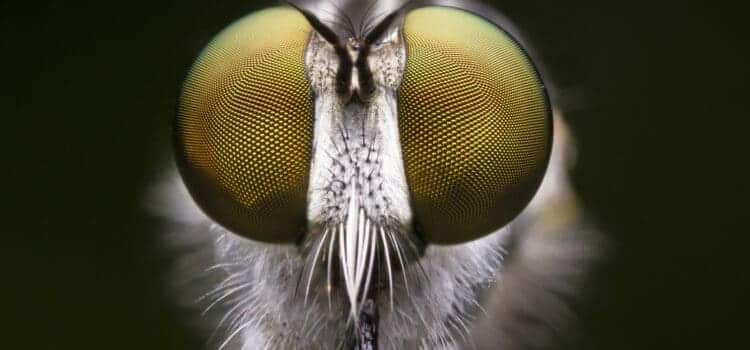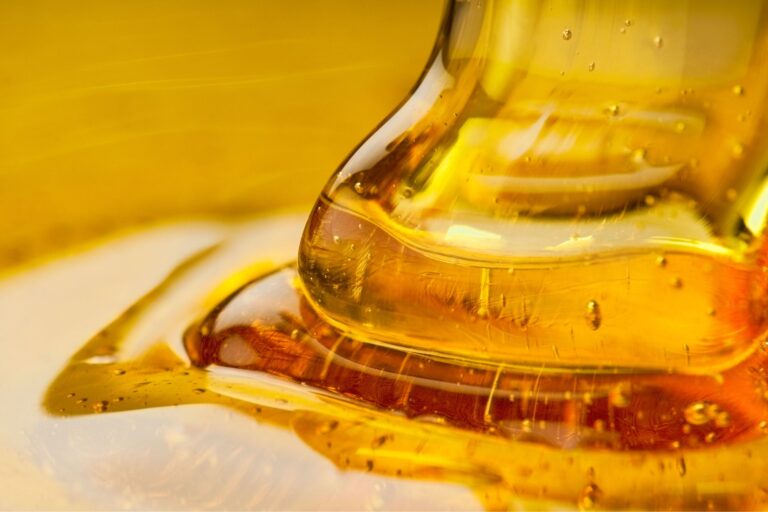The Earliest Bees
Beginnings Part 2: Adopting a Vegetarian Diet. Once the mutually beneficial connection between flowering plants and insect (and animal) pollinators had become established in the…

Beginnings Part 2: Adopting a Vegetarian Diet.
Once the mutually beneficial connection between flowering plants and insect (and animal) pollinators had become established in the early Cretaceous period, rapid co-evolution resulted in a profusion of colourful blossoms, the lure of sugary nectar and ever-increasing specialisation.
The oldest known fossil bee, Trigona prisca, is perfectly preserved in amber and is around 85 million years old. It is a stingless bee, indistinguishable from modern Trigona species found in South America. Since these are also social bees, it is a fair assumption that this is a relatively advanced species. In fact, DNA studies predict that the first bees appeared considerably earlier; possibly more than 130 million years ago.
The earliest bees probably evolved from a family of wasps that simply found it convenient to adopt a vegetarian diet. The Sphecidae, or thread-waisted wasps, typically construct an underground burrow, in which they provide for their young by storing dead or paralysed insects and arachnids. At some stage, opportunistically and possibly due to the scarcity of other resources, sphecid wasps started to experiment with pollen, which is a valuable source of protein. The success of this strategy led to the first bees. In keeping with their origin, the first bees were also solitary, and constructed individual nests – often burrows, like the sphecid wasps. This remains indicative of most modern species. Although many adult insects (such as butterflies and moths, hoverflies and beetles) may consume both pollen and nectar, their larval stages are precluded from doing so due to reduced mobility. Bees are unique in that they feed on pollen and nectar (and their derivatives) throughout their lives, with adult females gathering these foodstuffs for their grub-like larvae. Bees are therefore entirely reliant on flowering plants for their survival, and in return have become the most efficient pollinators on the planet.
Around 66 million years ago, another catastrophic mass extinction occurred when a large meteor struck the Yucatan Peninsula in the Gulf of Mexico. Known as the Cretaceous-Paleogene (K-Pg) or Cretaceous-Tertiary (K-T) extinction event, this resulted in the annihilation of 75% of all plant and animal species, including all tetrapods over 25 kilograms in weight (with the exception of some cold-blooded species such as turtles and crocodiles). The main insect groups although also decimated, recovered relatively quickly, while some flowering plants also survived, presumably due in part to their ability to remain dormant for extended periods as seed.
Although bees of various types enjoyed an almost universal distribution, true honey bees of the genus Apis were latecomers, originating in the Old World, comprising Africa, Asia and Europe. The first direct antecedents of modern honey bees appeared in the fossil record about 25 million years ago, in western Germany, which at the time enjoyed a tropical climate. Honey bees’ remarkable ability to regulate the temperature of their nests, together with the storage of large quantities of honey and pollen, have enabled them to colonise a wide range of environments. Bumblebees, on the other hand, are large and furry; they have evolved to cope with cooler temperatures, and probably originated in the mountainous regions of central Asia. They have penetrated deep into the Arctic Circle, but their spread southwards was limited by warmer climates, in which they are prone to overheating, and their comparatively recent introduction to Australia, New Zealand and southern Africa is due to the intervention of mankind; deliberate or otherwise.
Bees have continued to evolve in conjunction with the flowering plants upon which they depend. A covering of hair assists in the collection, retention and transfer of pollen, while honey bees and bumblebees have specialised structures on their hind legs called pollen baskets which are devoted to this purpose. The development of extended tongues enables them to reach precious nectar hidden deep within blossoms that is unavailable to other insects – it makes sense for the plants to reward their most important pollinators. Flowering plants have also utilised bees’ ability to see light in the ultraviolet spectrum to their advantage, with blooms daubed with conspicuous runways and targets that only the bees can distinguish.

